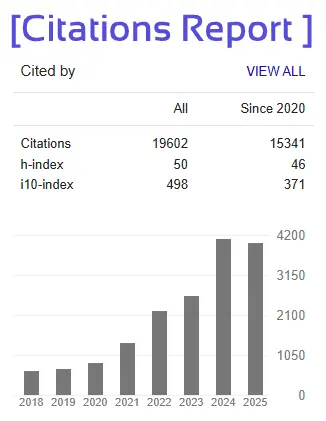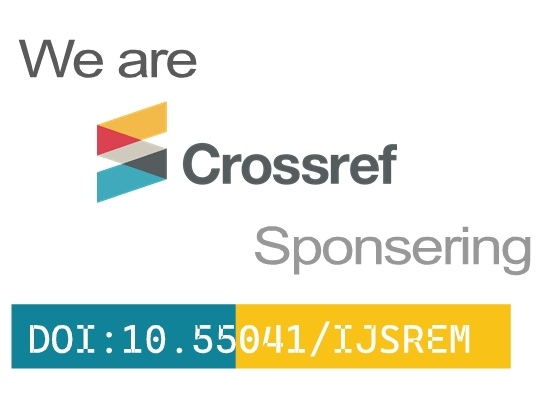WIRELESS CHARGING FOR ELECTRICAL VEHICLES
Saba Tasneem1, Shalini S2, Sanjay H S3, Mallikarjuna N M4, Zuhaib Baig5 1Saba Tasneem, department of EEE & Vidya Vikas institute of engineering and technology 2Shalini S, department of EEE & Vidya Vikas institute of engineering and technology
3Sanjay H S, department of EEE & Vidya Vikas institute of engineering and technology
4Mallikarjuna N M, department of EEE & Vidya Vikas institute of engineering and technology
5Zuhaib Baig, Assistant Professor, department of EEE & Vidya Vikas institute of engineering and technology
---------------------------------------------------------------------***---------------------------------------------------------------------
Abstract - Nowadays Wireless power transmission (WPT) is popular and gaining technology finding its application in various fields. The power is transferred from a source to an electrical load without the need of interconnections. Wireless power Transmission (WPT) is useful to power electrical devices where physical wiring is not possible or inconvenient. The technology uses the principle of mutual inductance. One of the best future applications finds in automotive sector especially in Electrical Vehicles. This project deals with research and development of wireless charging systems for Electric Vehicles using Wireless transmission. The main goal is to transmit power using resonance coupling and to build charging systems. The System deals with AC source, transmission coil, reception coil, converter and electric load which are battery. As Electric Vehicles (EVs) continue to gain popularity as a sustainable transportation solution, the need for efficient charging infrastructure becomes increasingly critical. Wireless charging technology presents a promising solution to address the limitations of traditional plug-in charging systems, offering convenience and flexibility to EV users. This Project explores the concept of wireless EV charging while the vehicle is in motion, also known as dynamic wirelesscharging (DWC). By integrating inductive power transfer (IPT) technology with dynamic charging infrastructure embedded in roadways or dedicated lanes, vehicles can replenish their batteries continuously while in motion, extending their range and reducing the need for frequent stops. Furthermore, DWC has the potential to enhance the feasibility and adoption of EVs in various sectors, including public transportation, logistics, and personal mobility. This abstract provides a comprehensive overview of the emerging field of wireless EV charging while the vehicle is inmotion, highlighting its benefits, challenges, and future prospects.







